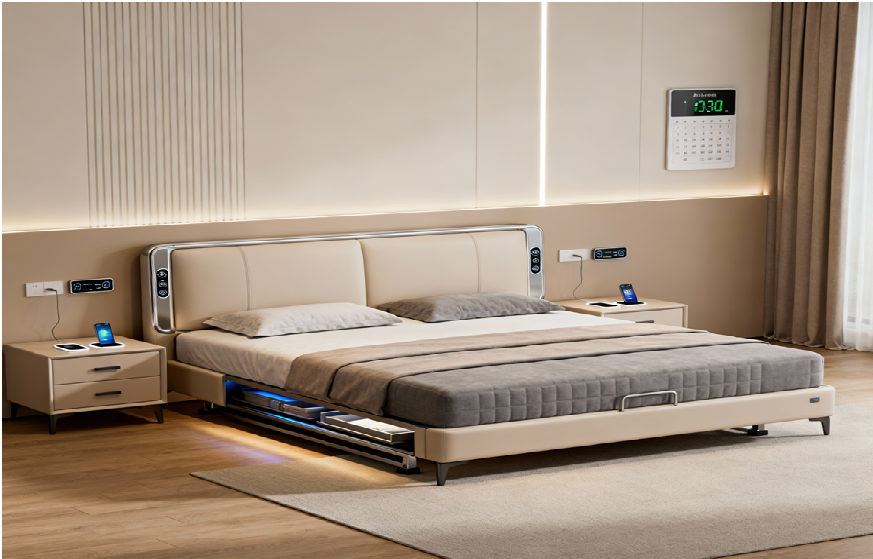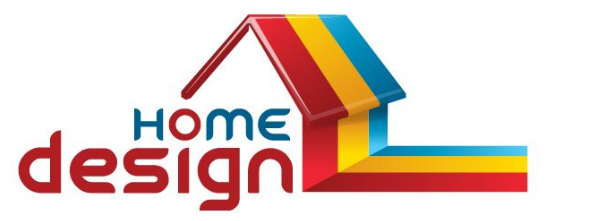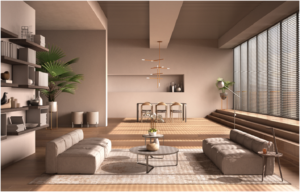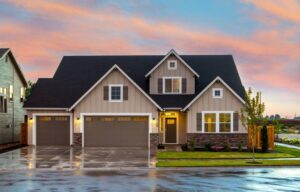
The Future of Smart Interiors: Integrating Technology Seamlessly Into Home Design
Introduction: The Rise of Smart Homes
When we talk about today’s world, technology has been included in almost every part of our lives. From how we work to how we relax, everything is becoming more connected as well as convenient. Our homes are no different here. Many people now look for homes that can provide them more than just shelter. They want homes that make life quite easier, plus more comfortable.
This is where the idea of smart interiors comes in. Smart interiors bring together design and technology in a way that makes living spaces both useful and beautiful. Instead of just adding gadgets, the goal is to create homes that respond to our needs while still looking warm and inviting.
As more and more people are now adapting to digital lifestyles, the demand for homes that bring in comfort, style, as well as modern features is growing fast. Whether it’s adjusting the lights with a phone or asking a voice assistant to play music, smart homes are changing how we interact with our spaces every day.
Understanding Smart Interiors
Smart interiors are homes that are designed with the use of technology built into the design itself. They use devices connected through the Internet of Things (IoT) to make daily life smoother. These devices can talk to each other while performing tasks in an automatic manner, such as turning on the lights when you walk in or adjusting the temperature as and when the weather changes.
Smart interiors are not only about fancy gadgets. They are also about creating spaces that feel comfortable, safe, and easy to manage. For example, sensors can control how much light enters a room, helping you save power during the day. Even your bedroom can reflect this smart comfort pairing technology with the latest double bed design ensures both modern functionality and restful elegance. Smart security systems can also alert you instantly if someone tries to enter your home.
An important part of smart interior design is keeping technology invisible. Rather than just filling up rooms with wires, screens, and devices, designers focus on combining technology into furniture and decor so that everything looks clean yet simple. The goal is to make homes that feel natural, where technology supports daily life.
Core Technologies Shaping Modern Interiors
Smart interiors require different types of technology that make homes more interactive as well as efficient.
Smart lighting:
Lighting plays a major role in how a space feels. Smart lighting systems allow you to control brightness as well as color with an app or voice command. You can easily set moods, whether you want to read, watch movies, or host guests. They help you in saving energy by turning off automatically when no one is there in the room.
Climate control:
Smart thermostats and air sensors help in keeping your home comfortable all year round. They learn your habits. For example, when you usually come back home and adjust the temperature before you arrive. They also track air quality and humidity so as to make sure that the environment stays healthy.
Home security:
Smart security systems make it easier for you to keep your home safe. Cameras, alarms, and locks can all be managed through the installation of a single app on your phone. You can get on-the-spot updates if someone is at your door or if an unusual movement is detected.
Entertainment systems:
From smart TVs to wireless speakers, home entertainment has become more connected than ever. You can play music in any room, stream your favorite shows, or even control the system with your voice.
Connectivity and control:
A good Wi-Fi setup is the backbone of any smart home. Innovative hubs and voice assistants, such as Alexa or Google Assistant, help you in connecting all your devices in one place, thus making them easy to manage.
Designing for Technology Without Compromising Style
While technology is important, the design of a home still matters. The only challenge is how to include all these smart features without making the space look crowded or mechanical.
One way to do this is by hiding cables and devices inside furniture or walls. For instance, a charging station can be built into a drawer, or a speaker can be hidden behind a bookshelf. This keeps the room neat and tidy while still giving you the benefits of technology.
Furniture also plays a role here. Designers now create pieces that can hold devices or have built-in power outlets, such as console table with wireless charging spots or l shaped sofa with USB ports, which are now becoming popular.
The best smart interiors find a proper balance between simplicity as well as function. Minimalist designs with well-defined lines work best because they allow technology to fit in naturally without having to draw attention.
Benefits of Smart Interiors Beyond Convenience
Smart interiors make ways of living easier, and they also offer you many other advantages.
Energy efficiency:
Smart lighting, thermostats, as well as appliances, can cut down on the use of electricity by turning off when not needed. This, as a result, saves money on bills while also helping the environment.
Improved safety:
Smart locks, cameras, and alarms provide a greater sense of security, especially for families or people who live alone. You can check your home anytime, from anywhere, using your phone.
Personalized living:
Smart interiors allow you to set up the entire home just the way you like it. Whether you want to use dim lights in the evening or a cool room at night, your home can adjust accordingly so as to match with your mood.
Higher property value:
Homes with built-in smart features have this great ability to attract modern buyers. Many people now look for houses that already have these systems in place, which can make the property more inviting in the market.
Conclusion: The Future of Home Design Is Intelligent and Stylish
Smart interiors show how technology and design can work together so as to create better living spaces. Homes are no longer just places to live. They are becoming active parts of our lives, learning our habits and helping us to stay comfortable, safe as well as connected.
It is being said that a successful smart home lies in planning. When technology is part of the design from the beginning, it feels natural and fits in quite well. As time goes on, we can expect more homes to include built-in systems that are easy to use, plus pleasant to look at.
The future of home design is not only about having smart devices. It’s also about building spaces that understand us. With mindful design and simple technology, the homes of tomorrow will be smarter, more welcoming as well as beautiful.


